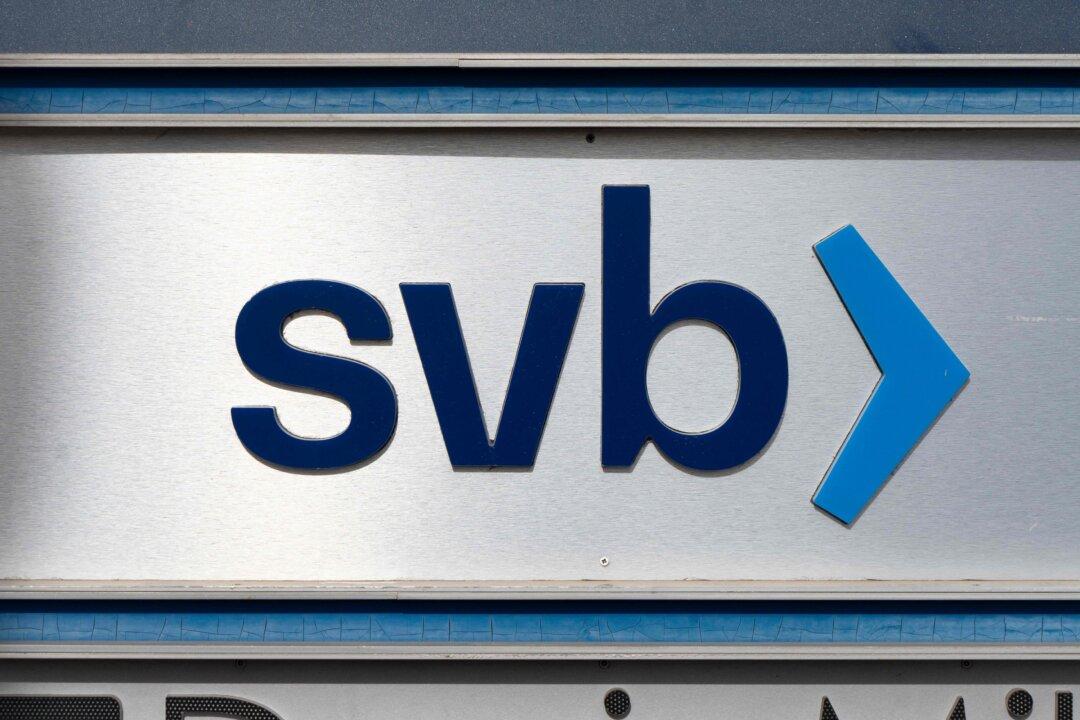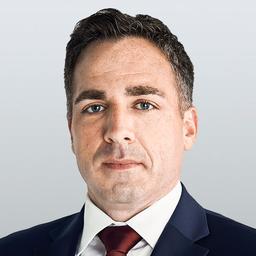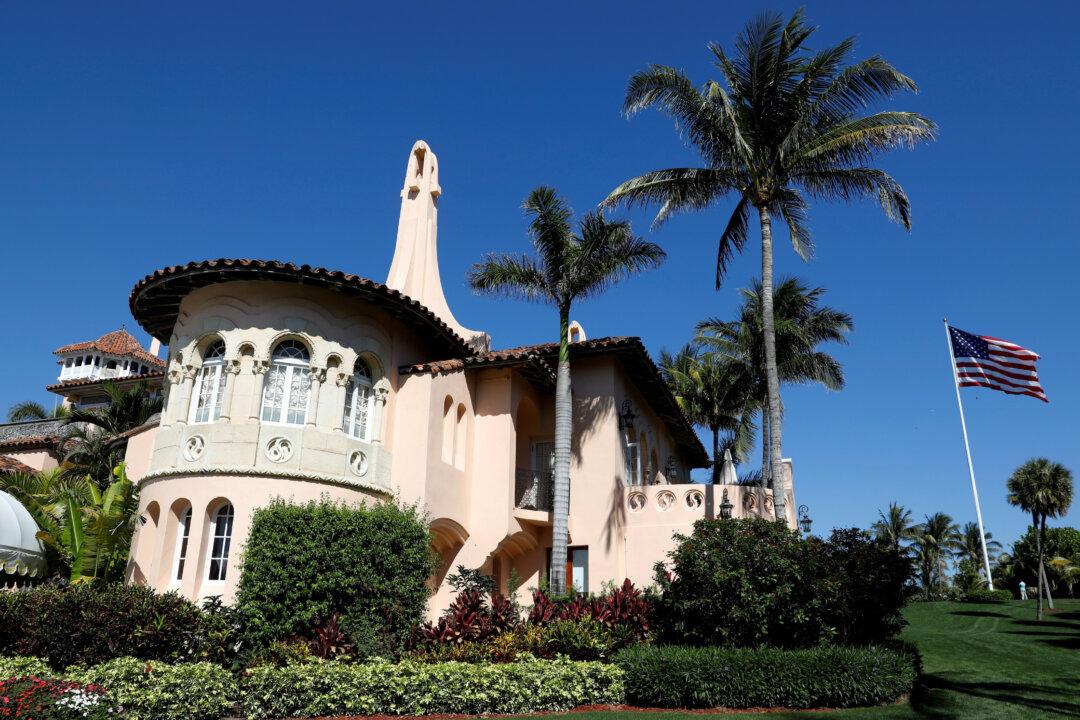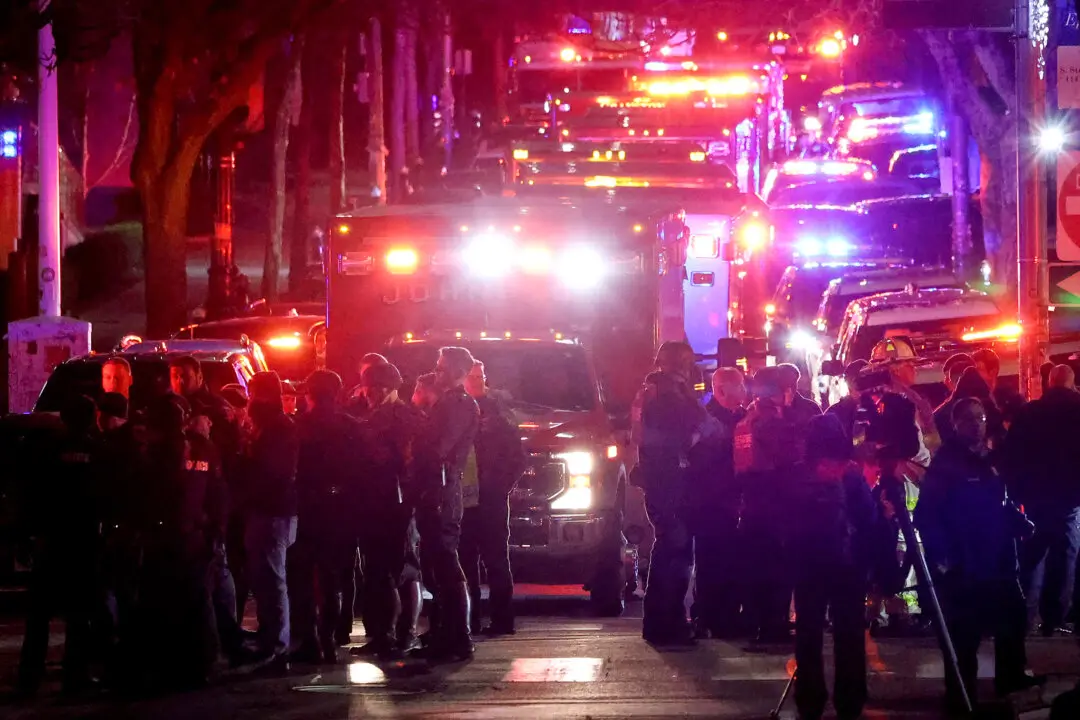Congressman Mike Flood (R-Neb.) is pushing back on calls for new regulations after the sudden collapse of the Silicon Valley Bank (SVB) last week, saying lawmakers first need a better understanding of what led to the bank’s failure.
“We have to find out what was happening in Silicon Valley Bank; we need to find out what the regulators were doing,” Flood told NTD, the sister media outlet of The Epoch Times, on March 13.






